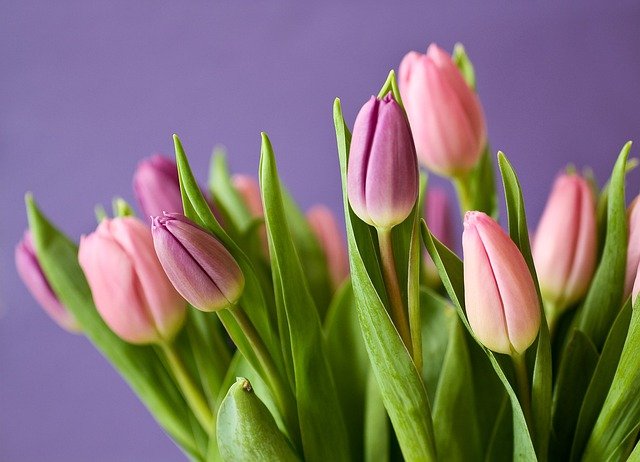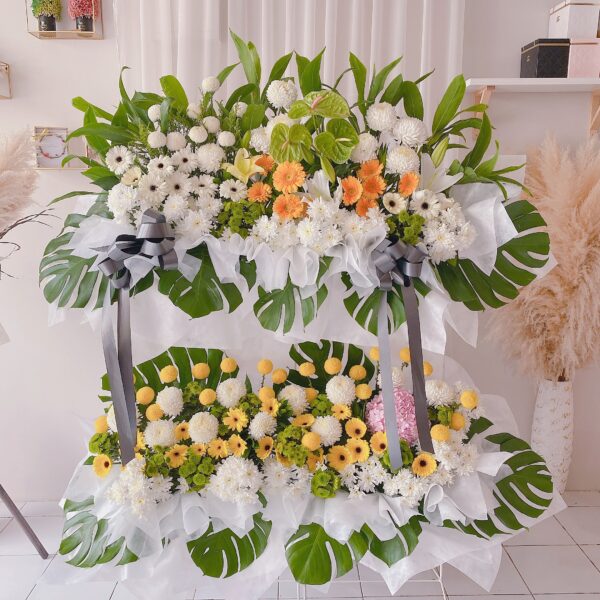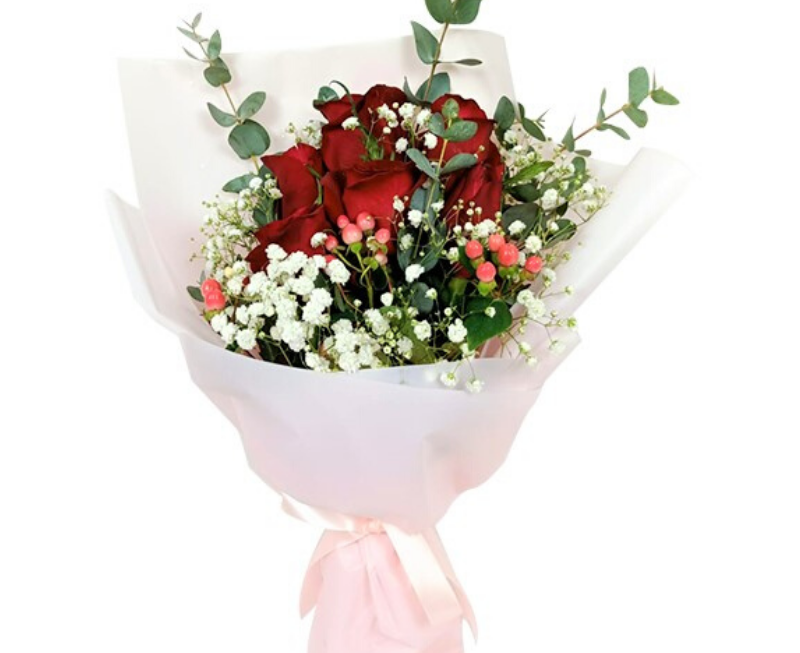Tulip (or Túlipa) is an incredibly beautiful flower, strongly associated in our minds with spring and warmth. In the world there are tulips in a variety of shades, which makes them a popular choice for March 8 and other spring holidays. The shape of their glass buds is easily recognizable, but there may be more unusual variations.
Whatever tulips you choose, there is one thing for sure – these flowers will please everyone! However, before buying a bouquet is a good idea to figure out what are these delicate flowers.
Most basic facts
The tulip genus is very numerous, with about 100 species and up to 3,000 varieties. Depending on the variety, the flowers will be quite different in shape and size.
The smell of tulips is usually not very pronounced, but some varieties are distinguished by a slightly sweet aroma. These include, for example, bright red tulip varieties “Cooler Cardinal” or gentle peach “Apricot Butty”.
Tulips can bloom for several years, but many gardeners prefer to replant them every year. The fact is that in the second and, especially, the third year of their flowering is not so spectacular.
If we talk about the colour of these colours, it is difficult not to be impressed by their diversity. You can find almost all colours: from white to black, from yellow to lilac. In addition to monotonous tulips, quite widely distributed two- and three-colour varieties.
Flower tulips open during the day and close in the evening. And tulips are heliotrope, i.e. they turn the bud to the sun. Even cut flowers can bend towards the light if placed in a vase.
Flower structure
Tulips – bulbous plants. Their root system begins in the so-called bulb. It is she who protects the plant from damage. In its very centre lies the future flower bud, surrounded by leaves and leaf scales. The size of the bulb also depends on how long the stem will be and how big the tulip bud will be.
Interestingly, tulips are endowed with parts of both the female and male reproductive systems. It consists of 6 stamens and one pestle.
Usually, one plant has only one flower, but there are exceptions. These include, for example, such varieties as “Toronto” or “Color Play”.
Tulip buds differ in their symmetry and can reach about 12 cm.
What are tulips like?
All this diversity was not easily reduced to a clear classification. English and Dutch planters spent many years compiling it. And yet they managed to divide the tulips into 4 large groups:
- dawn
- mid-flowering
- late blooming
- hybrid
Each group also includes several classes.
Dawn tulips
This group is called so because its members’ varieties of tulips bloom relatively early – in early April. These are often warm shades and can be simple or terry. Their height usually reaches about 30 cm, and they are grown mainly in pots.
Medium Blooming Tulips
One of the most famous classes of mid-blooming tulips is called “Darwin Hybrids”. These are very tall flowers (up to 70 cm!), which most often have a two-colour coloring. The Darwin hybrids begin to delight the gardeners with their bloom in May. One of the main advantages of this class is considered resistance to sudden temperature changes in spring.
Late-blooming tulips
This group already includes many more classes and varieties. They can have completely different forms of buds and even resemble lilies. The same applies to their colours. For example, green tulips are distinguished by a characteristic green wrong side. Fringe tulips attract attention with their petals, the tips of which are similar to frost or fringe.
Hybrid tulips
The latter group is also called botanical tulips. The vast majority of the members of this group distinguish unusual forms of buds or colouration. In particular, Kaufman tulips resemble small stars with their bright elongated petals.
Conclusion
As you can see, the variety of tulips is truly amazing. Thanks to such a large number of variations tulips are very easy to combine with other colours in bouquets and compositions. In the skilled hands of the florist, they can become part of a delicate mourning decoration or a bright and lush composition, ideal for the birthday of a loved one.
At the same time, tulips look very profitable and on their own. The beautiful mono bouquet can be composed of flowers of the same shade or experimented with, combining yellow, pink, lilac and orange tulips. It is only important that the bouquet is to the taste of the recipient.



